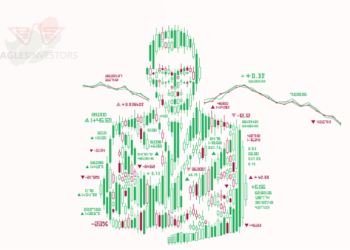What is PSD vs PNG? is a question you might have on your mind if you’re considering using these image file types for your web design. Both file formats are used to create and store images, but one has more benefits than the other. For example, PNG files can’t contain layers like PSD files can. Additionally, PNG files must be edited before they’re published to the web. Large images can also slow down a website.
Although the size of PSD files are similar, they are more complex than their counterparts. In addition to containing additional information, PSD files are larger than other image file formats. In addition, they can only be opened by certain Adobe software programs. So, it’s important to note that the format you choose will depend on your specific needs. If you’re designing a website or creating a digital image for a product, you’ll want to make sure that you know the difference between PNG and PSD files.
Unlike PNG files, PSD files are layered images created in Adobe Photoshop. They can be opened in other programs, but are typically edited in Photoshop. The main advantage of a PSD file is its ability to save individual layers, making it useful for graphic designers. And while it isn’t possible to open a PNG file within Photoshop, you can export it to many other image file formats. This way, you can use your image file in other applications and still keep all of the individual layers intact.
While JPG is an image file format, it is not a great choice for web design. It’s not good for complex colors, and it’s not a good choice for websites that use a lot of images. PNG is better for containing vector graphics and transparent backgrounds. You can even create a design that’s optimized for both file types. You’ll be much happier with the end result once you’ve chosen the right one.
JPEG is a better choice if you’re looking for high-quality images, but you’ll also need to keep in mind that PSD files have more storage capacity than JPEGs. As a result, your pictures will be much larger than their JPEG counterparts. You’ll have to decide which one is best for your needs – JPEG is better for saving photos, and PNG is better for displaying them on websites.
Aside from these differences, the PNG is a more versatile choice for web use. Unlike JPEG, PNG files are smaller and easier to share. They are often used for smaller graphics, because they’re easier to compress. When it comes to the latter, PSD is best for those who need to produce large files. Aside from web-based graphics, PSD files are also used for print-quality prints and other materials.
What is PNG? Portable Network Graphics (PNG) is a lossless compression format used to store images. It was originally developed to replace the Graphics Interchange Format (GIF) format. PNG is one of the most widely-used lossless image-compression formats on the internet. However, PNG files aren’t suitable for animation. Besides, they are both limited in size. For example, a PSD file can’t exceed 30,000 pixels in width and 2 Gigabytes in length.












